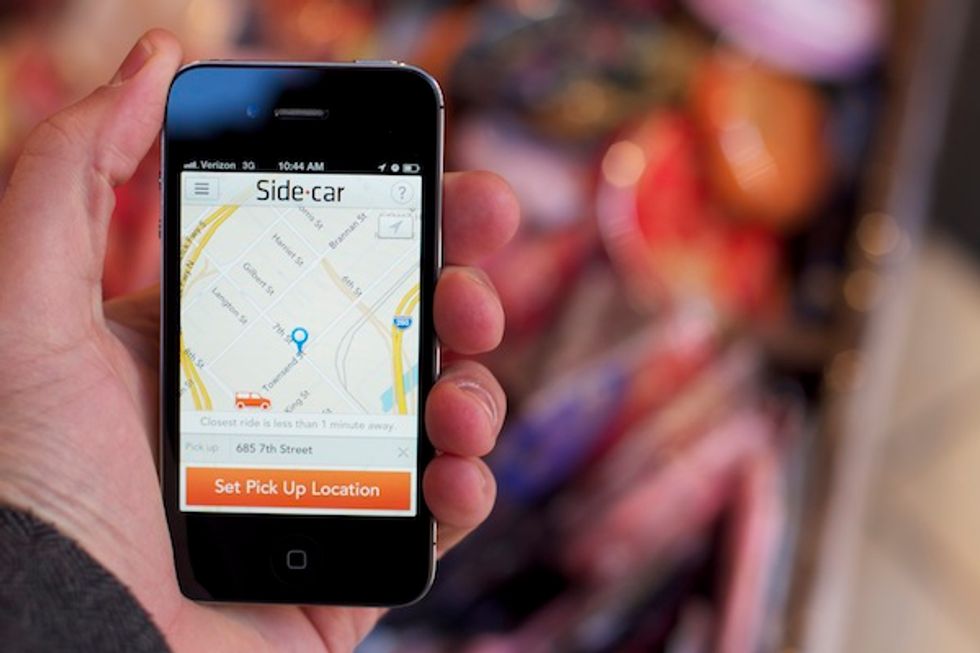Since the ride-sharing service SideCar was one of several companies fined and issued cease-and-desist orders by the state PUC last November, the company has been working with the regulatory agency to help establish rules for transportation based in the new sharing economy.
“The PUC has gone from an attitude of wanting to shut us down to ‘we get it, this is a new medium and we need new rules,'” says SideCar CEO Sunil Paul. We are engaged in a public dialogue with them over what are the appropriate rules.”
When we first profiled SideCar last July, it has just emerged from beta and had facilitated 10,000 rides in the Bay Area.
By the end of last year, the fast-growing service, which competes with Lyft (and now Uber) in the ride-sharing market, had facilitated over 100,000 rides in the Bay Area and Seattle. (Meanwhile, both Uber and Lyft have entered into agreements with the PUC that allow them to continue operating during the rule-making process.)
SideCar recently expanded into LA, Austin and Philadelphia, and will announce three new east coast markets tomorrow morning.
The service is available as both an iOS and android app.
“The PUC only has jurisdiction when licensed drivers drive people for profit,” says Paul. “With rideshare there's no profit.”
Those who get rides through SideCar make voluntary donations to the drivers (less than one percent choose to freeload), which are not classified as income but as help in defraying expenses.
Ride sharing is explicitly legal in California under A.B. 1871, which Paul played a key role in pushing through the state legislature in 2010. He’s long been involved in clean energy issues and has actively pursued the ride-sharing concept since the 1990s.
“It's an opportunity to make a big difference and literally change the face of transportation and of our cities,” he explains. “We've built our world around owning a car. It’s the way we get food, shelter, income, and a date.
"But now we've got this new technology (he holds up an iPhone), and mobility is going to be delivered on your phone. It’s as much a mobility device as it is a mobile device.”
Paul is a founding partner of Spring Ventures, which is one of the investors in SideCar. He says the core demographic using the service is young women, and that the company has dedicated a ten-point program to ensuring the safety of both riders and drivers who often are meeting each other for the first time.
In a recent user survey, 71 percent of the 5,000 respondents said they feel safer riding with SideCar drivers than in a taxi. Paul says 80 percent of those who try the service use it again within a month.
SideCar has faced resistance not only from the state PUC but also from regulators in other markets where it operates. The city of Philadelphia recently impounded three autos participating in the service, and Austin issued a cease-and-desist order. (SideCar responded with a lawsuit against Austin.)
The SideCar community is fighting back in other ways, including petitions circulated by Change.org.
While regulatory agencies will no doubt continue to struggle with how to evaluate new models based on collaborative consumption models driven by IT, the regulatory trend would seem over the long term to favor the innovators.
The public benefit in reducing our collective carbon footprint through sharing resources like cars and offices should ultimately prove to be too compelling an argument for government officials to resist.





















